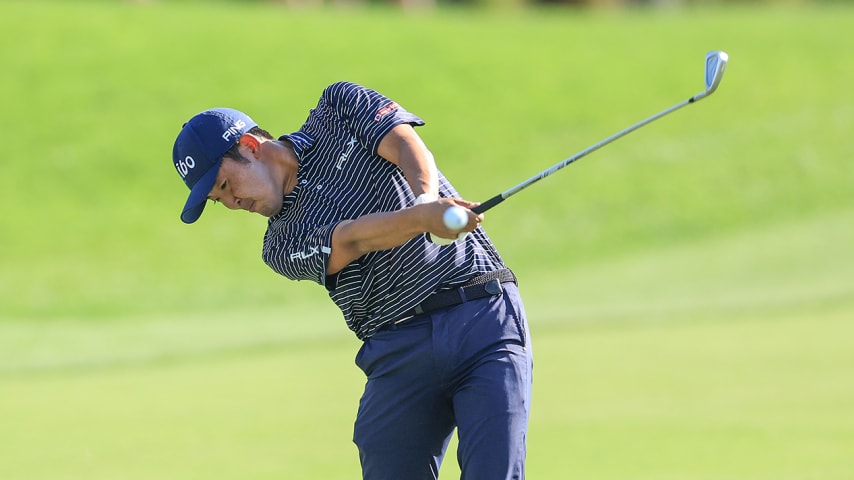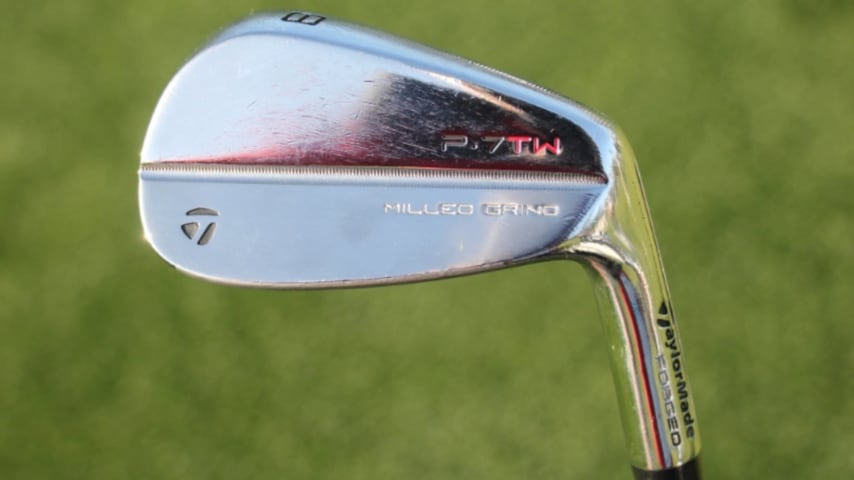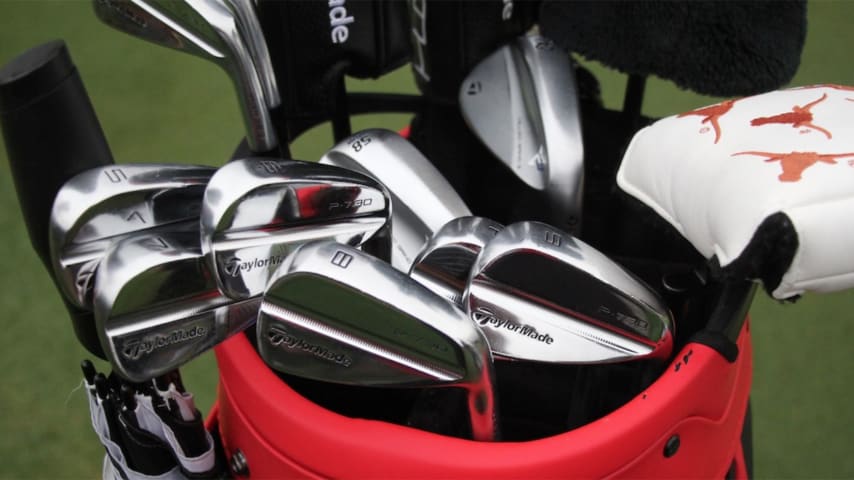Two 5-irons? Inside Takumi Kanaya’s unique equipment setup
4 Min Read

ORLANDO, FLORIDA - MARCH 03: Takumi Kanaya of Japan plays his second shot on the par 4, first hole during the first round of the Arnold Palmer Invitational presented by Mastercard at Arnold Palmer Bay Hill Golf Course on March 03, 2022 in Orlando, Florida. (Photo by David Cannon/Getty Images)
Written by GolfWRX
Takumi Kanaya could be an overlooked bracket buster this week. At just 23 years old, the former top-ranked amateur in the world already has three wins on the Japan Tour and is a candidate to make this year’s International Team for the Presidents Cup. He also finished seventh in this season’s ZOZO CHAMPIONSHIP in Japan and he even shares an alma mater, Tohoku Fukushi, with his country’s biggest star, Hideki Matsuyama.
To learn more about the equipment setup of this rising star, we spoke with his club fitter, Will Yanagisawa, who’s currently the collegiate player development manager at Ping (and a former college teammate of Tiger Woods).
Below are three noteworthy takeaways from Yanagisawa on Kanaya's unique equipment setup.
1. Once he finds the right fit, he sticks with it
Kanaya is still using a Ping G410 driver, fairway wood and hybrid, which were all launched to retail back in 2019.
According to Yanagisawa, Kanaya tests all the new products, but he’s particular about his golf clubs. He launches the ball low, so he works to increase his launch angle to carry the ball farther. But he also doesn’t want the ball to spin too much.
Apparently, the Ping G410 series still fits his eye and his performance preferences just right.
“Once he gets set and comfortable, he just rides that out,” Yanagisawa told GolfWRX. “He’ll play the same clubs until he finds something better. He always tests everything and we’ll take numbers, but at the end of the day, he keeps playing what he’s comfortable with.”
The same goes for his putter. Kanaya has been using the same Ping Sigma2 Arna putter since his amateur days, and it has a special hosel that was only released in limited markets overseas.
Take it from Takumi: Comfort with performance is often better than going with something new just to do it.
2. He uses two different 5-irons
It’s not often that you see a golfer use two irons with same number on them, but Kanaya has a specific reason.
According to Yanagisawa, Kanaya is precise with the yardage gaps between his irons. He doesn’t want the gaps between clubs to be too far apart or too close together.
While the two Ping irons both say “5” on their soles, the irons are two different models that were designed for different performance characteristics.
His Ping i210 5-iron is designed for better players, but with a touch of forgiveness added. While it has a cavity-back construction with perimeter weighting for additional relief on mishits, it has a compact shape, reduced offset and a thin topline. Kanaya carries that club 210 yards.
His Ping G710 5-iron, on the other hand, is more of a game-improvement club that has a fast face made for higher launch and more carry distance. While his G710 also is a 5-iron, it’s designed to fly farther and higher than Kanaya’s i210 5-iron. He hits the G710 5-iron 230 yards.
For amateur golfers, it’s important to hit all of the clubs in your bag on a launch monitor to see exactly how far they fly. You may notice you have two clubs that fly about the same distance. In that case, you’ll want to find a different club to replace one of them, since there’s no sense in having two clubs that serve the same purpose.
3. A 60-degree specialty wedge
Kanaya’s highest lofted wedge is a Ping Glide Forged Pro 60-degree lob wedge, which is only 2 degrees more than his 58-degree sand wedge.
“What’s the point of having two wedges so close together in loft?” you may be wondering.
Well, Kanaya doesn’t hit full shots often with his 60-degree wedge. For longer shots, Kanaya opts for the 58-degree wedge, which is slightly easier to hit and more forgiving on full swings. He keeps the 60-degree wedge in his bag for specialty shots around the green when he needs the extra loft.
“He likes to have that 60-degree for certain shots around the greens,” Yanagisawa said. “He’s a very good short-game player. He’s world class, in my opinion. He uses the 58-degree for full shots and most of his chipping, but for many specialty shots around the green, he uses the 60-degree.”
For amateurs, it’s important to take a good, hard look at your wedge setup and why you have certain wedges in the bag. It could be in your best interest to get rid of the lob wedge altogether and fill your bag with clubs that are slightly easier to hit on long shots. Remember, the lob wedge is a specialty club, not a prerequisite.





